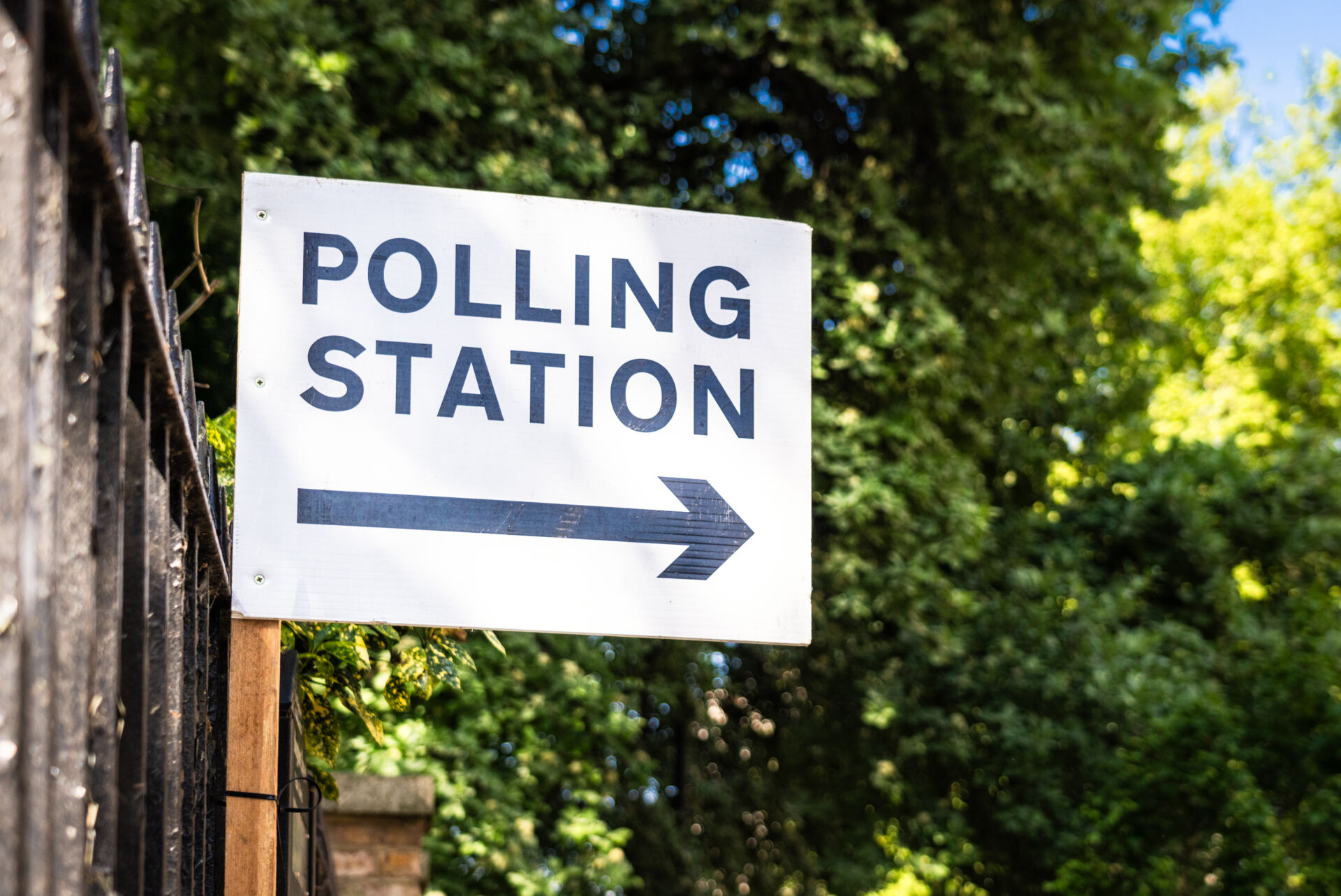GP practices in the bottom 10% of funding per patient have around 1,200 patients per clinical staff member, compared with around 600 in the top-funded practices.
Research by our sister title Pulse, based on NHS Digital data, also found that in those practices in the lowest decile in terms of payments per patient, around 3.5% of medical staff were physician associates; for those in the highest decile, this figure was around 1.5%.
In the lowest-funded practices, GPs formed a higher percentage of clinical staff – however, due to the lower number of clinical staff overall, there were still more patients per GP in these practices than in the higher funded ones.
GP leaders have said that these results show how Government policy has increased health inequalities, and left poorly-funded practices having to rely on fewer, less-qualified healthcare staff.
The research set out to analyse how factors such as funding, deprivation, rurality, geography and contract type affected the staffing make-up of PCN and practice clinical teams, with a particular focus on physician associates.
The funding element included all pots of money, including global sum payments, local enhanced services, QOF and national enhanced services.
The global sum does take into account differing patient population needs, especially with regards to age demographics, which could account for some of the link between funding and staff numbers. However, the trend still holds true when accounting for weighted population.
RCGP chair Professor Kamila Hawthorne said: ‘This analysis echoes our wider concerns around the UK’s growing health inequalities and the impact this will have on the delivery of patient care. We know that in more deprived areas there are fewer GPs per patient, leading to less ability to deliver continuity of care – despite the greater health needs of these communities.
‘Clearly, the general practice funding structure is in dire need of review to ensure that we’re supporting areas of greater deprivation, as we describe in our RCGP manifesto.’
Dr Samira Anane, deputy chair of GPC England at the BMA, said: ’Unfortunately, the fact that practices in the bottom 10% of funding have far more patients per clinical staff member is no surprise, and starkly demonstrates the impact of chronic lack of investment in NHS general practice.
‘Access to safe, high-quality healthcare should not be a postcode lottery, but the severe shortage of GPs across the country means it is. Although patient demand has increased throughout England, lower funded practices find themselves under even more pressure to deliver care, risking GP burnout. We cannot and should not have a tier system of healthcare, where our most vulnerable patients lose out.’
The analysis also revealed a link between funding and the proportion of the clinical workforce who are PAs.
Although the number of physician associates in general practice in England is fairly low – at around 1,900 working across practices and primary care networks – the Government and NHS England have committed to increase the physician associate workforce.
NHS England’s long-awaited workforce plan, published last year, pledged to increase PA training places in a bid to establish a workforce of over 10,000 PAs by 2036. Although it is not clear what percentage of these will be in general practice, currently around half the PA workforce are working in primary care.
But GP leaders warn that increasing the number of PAs in general practice – at the same time as general practice funding is being squeezed – is likely to lead to greater health inequalities.
PAs are cheaper to employ than GPs. The average starting salary for a PA on a 37-42 hour week is around £44,000, rising to £50,000 for experienced professionals, according to the National Careers Service. For salaried GPs, NHS England figures show that the average income in 2021/22 was £68,000 for a full-time role.
At the same time, NHS England provides ringfenced funding for the recruitment of PAs alongside other staff, such as pharmacists, physiotherapists and paramedics through the PCN ‘additional roles reimbursement scheme’. However, GPs cannot be recruited with this funding.
GPC England chair Dr Katie Bramall-Stainer said: ‘The inverse care law is alive and well, and appears to be exacerbated by PCN working. It makes sense that the greater the squeeze on practice funding, the more likely those patients in worse-off practices will see PAs and additional staff replacing their GPs.
‘The next questions to ask on the back of this research are if greater delays to diagnosis have been introduced? More referrals into secondary care? An increase in investigations and diagnostic waits? It’s clear that general practice has been broken, and that GMS is flawed and the PCN DES with it.’
Dr Steven Taylor, Doctors’ Association UK (DAUK) GP spokesperson, said: ‘It’s not altogether surprising that those practices with less funding, in more deprived areas are more likely to hire PAs. With the average funding per patient per year dropping in real terms by 20%, some practices will be even harder hit. (£152 per patient per year in 2016, has risen to just £165 in 2024). With all practices struggling to fund GPs, deprived practices will often have to look at the bottom line in providing some care and access for their patients.’
Dr Farzana Hussain, a GP and former PCN clinical director in Newham, said: ‘The way physician associates are being implemented is completely wrong and I think we’ve tried to solve a different problem to the one that PAs could have solved.
‘I think fundamentally we’ve tried to make them into little GPs because practices simply can’t keep their doors open and I’m an example of someone who could not keep mine open in Newham.’
An NHS England spokesperson said: ‘GP practices are independent contractors and can use funding in whichever way best supports the patients they look after, which can include recruiting physician associates to work under a GP’s supervision to provide high quality care for patients.
‘These are internationally recognised roles, and the NHS is also planning a 50% increase in GP training places by 2031/32 as part of the NHS Long Term Workforce Plan in a massive expansion in the number of training places for doctors.’
This comes as a speech by Prime Minister Rishi Sunak last Friday was interrupted by a GP, who said the Government was overseeing the ‘constructive dismissal’ of general practice, adding: ‘Lesser qualified people are being used to conduct consultations which are massively complex – most people we see over the age of 40 have at least six different diseases going on at once. They cannot be coped with by half-qualified staff.’
A version of this story was first published on our sister title Pulse.




